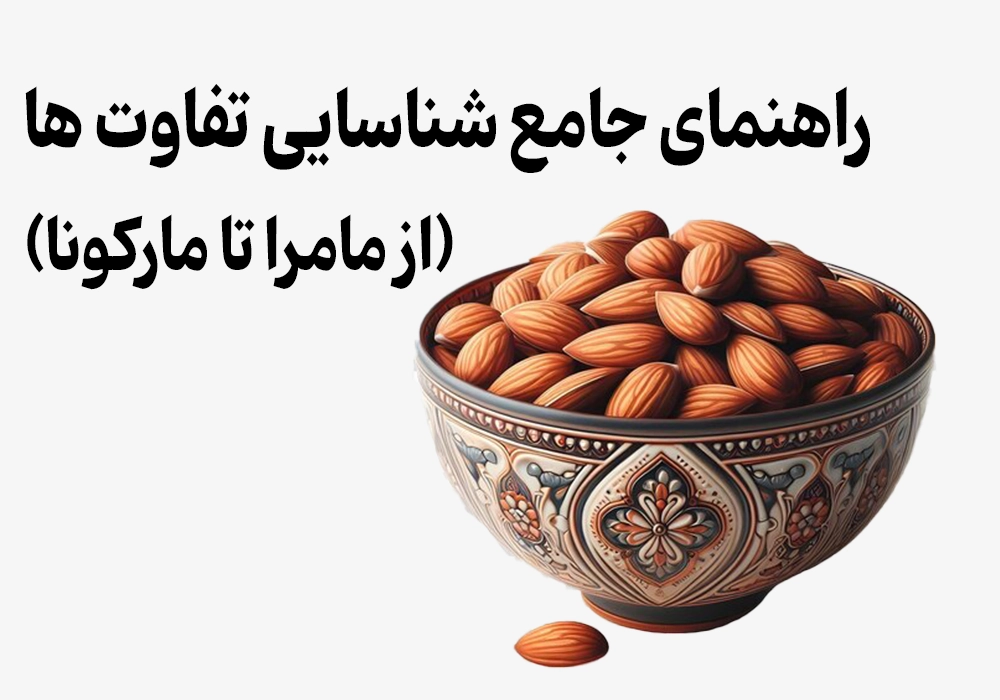Here’s a concise summary of the article Best Almond for Every Use from your blog:
-
Choosing the right almond variety is key for optimal use—whether for nuts, almond butter, almond milk or confectionery.
-
The article outlines two major categories: sweet almonds (safe, nutritious, widely used) and bitter almonds (contain amygdalin → release cyanide if raw; used industrially after detoxification). Walmondhe
-
Then the focus moves to popular almond varieties and their best applications:
-
Mamra almond (high-fat luxury Indian-export Iranian variety) – ideal for premium uses like almond butter. Walmondhe
-
Sangi almond (hard-shell Iranian variety) – durable shell, good for long storage and economical processing. Walmondhe
-
Kaghazi almond or paper-shell (thin shell Iranian) – best for raw snack/nut consumption due to easy cracking. Walmondhe
-
Shahroudi almond (commercial Iranian varieties) – designed for high yield and best suited for processing into slices, powder, or almond milk. Walmondhe
-
Marcona almond (Spanish gourmet variety) – rounder shape, rich buttery taste, ideal for special uses. Walmondhe
-
Nonpareil almond (California standard) – thin shell, high kernel ratio, preferred for slicing/perfect-looking kernels. Walmondhe
-
-
The key message: there is no “one best almond for all uses” — instead, choose the almond variety that suits your intended purpose (snacking, processing, butter, milk). Walmondhe
-
Nutritional note: all sweet‐almond varieties are nutritious and healthy (good source of healthy fats, vitamin E, magnesium). The major difference is in fat percentage and texture, not safety (for sweet types). Walmondhe
-
Tip: Don’t use a luxury high-fat variety like Mamra for making almond powder or milk because its high fat can complicate processing and cost more.

